The Passion of PC Gaming: A Deep Dive into the Flight Simulator Community and Beyond!
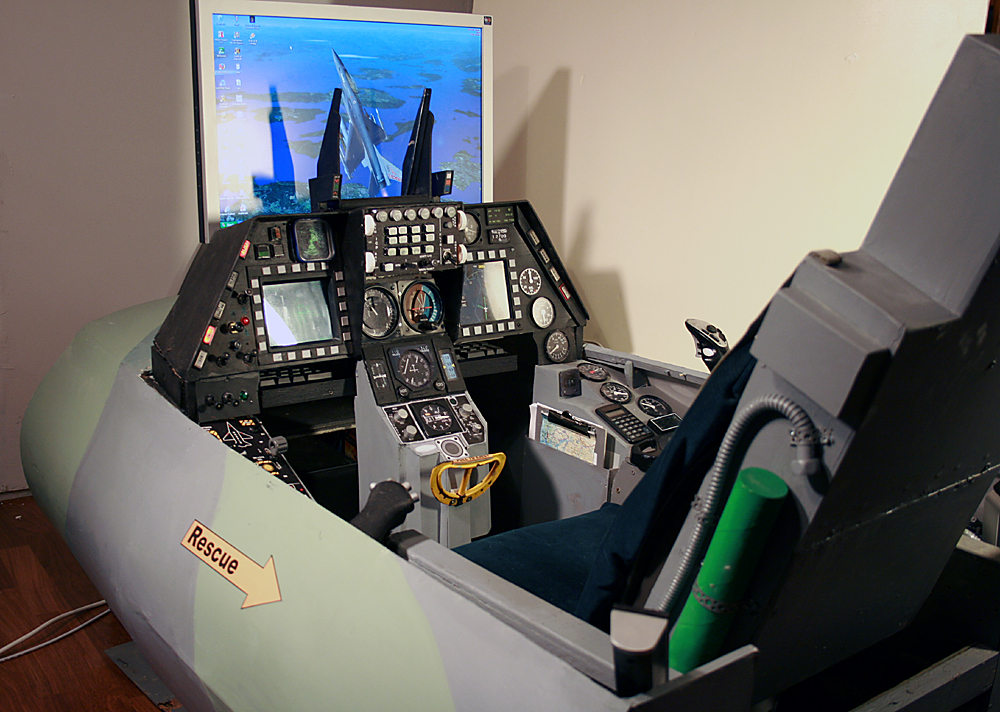
The world of PC gaming has always been one of unparalleled passion, innovation, and dedication. While gaming spans across consoles, mobile devices, and cloud services, PC gaming holds a special place in the hearts of gamers. This is particularly evident in niche communities like the flight simulator community, where players and enthusiasts don’t just play for fun—they live and breathe their chosen virtual worlds, pushing the boundaries of both technology and immersion. These programs require the most cutting edge performance and hence the best hardware available to give the experience flight simmers desire.
The Flight Simulator Community: A Unique Subculture
Among the many genres of PC gaming, flight simulation stands out as one of the most dedicated and detailed experiences available. Flight simulators like Microsoft Flight Simulator, X-Plane, and DCS World are not just games; they are platforms for learning, exploration, and technical achievement. Enthusiasts invest in realistic hardware, from yokes and pedals to throttle quadrants and even multi-monitor setups, replicating the experience of flying real aircraft as closely as possible.
The passion for flight simulation is driven by several factors. First, there is the incredible level of detail offered by modern simulators. Microsoft Flight Simulator 2020, for example, uses satellite data and cloud processing to create an accurate representation of the Earth’s surface. From the bustling streets of New York City to the remote mountains of Nepal, players can fly anywhere in the world with remarkable accuracy. Coupled with this visual fidelity is the increasing realism in flight physics, weather systems, and air traffic control, allowing players to experience the true challenge of flying.
Second, the community around flight simulation is one that thrives on collaboration, modification, and learning. Whether through sharing custom-built mods to enhance the experience, teaching each other through tutorials, or simply discussing the latest news in forums, flight sim enthusiasts are known for their commitment to improving the overall experience for everyone. Many spend hours adjusting settings, calibrating controls, and even learning real-world flight procedures to make their simulation as authentic as possible.
- Latest CPU’s Available Now – Amazon.com
- Get a NEW GPU Best Performance – AMAZON.com
- Upgrade RAM Here today – AMAZON.com
- Prebuilt PC Options – AMAZON.com
The Broader PC Gaming Passion: Beyond Flight Simulation
While the flight simulator community is a shining example of dedication, it is by no means the only one. PC gaming as a whole encompasses a vast array of communities, each with its own unique passion and fervor. From competitive esports titles like Counter-Strike: Global Offensive and League of Legends to sprawling RPGs like The Witcher 3 and Cyberpunk 2077, the diversity of experiences on the platform is staggering.
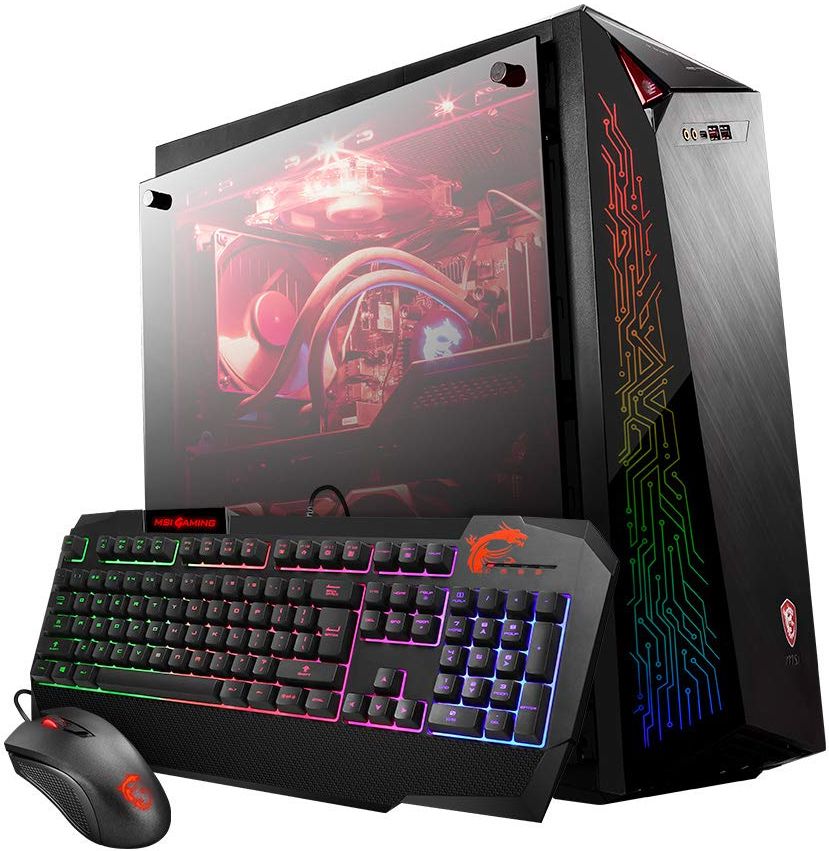
What sets PC gaming apart from console gaming is the customization and flexibility it offers. Gamers can tweak their hardware, optimize their software, and mod their games to create experiences that are truly their own. For many, building a custom PC is a rite of passage—a personal project where they can carefully choose each component, from the case and cooling system to the GPU and power supply. The process of building, upgrading, and maintaining a gaming rig is a hobby in itself, one that allows gamers to express their individuality while also ensuring their machine can handle the latest and most demanding titles.
For competitive gamers, the pursuit of performance is never-ending. Having the best hardware can mean the difference between victory and defeat, especially in fast-paced games that require split-second reactions. This has led to an entire ecosystem of performance-oriented peripherals and hardware upgrades, from ultra-high-refresh-rate monitors to mechanical keyboards and custom-tuned gaming mice.
The Evolution of PC Hardware: GPU, CPU, and Storage Innovations
In the last few decades, PC gaming hardware has undergone a remarkable evolution, driven primarily by advancements in three key areas: graphics processing units (GPUs), central processing units (CPUs), and storage technologies.
The Rise of GPUs
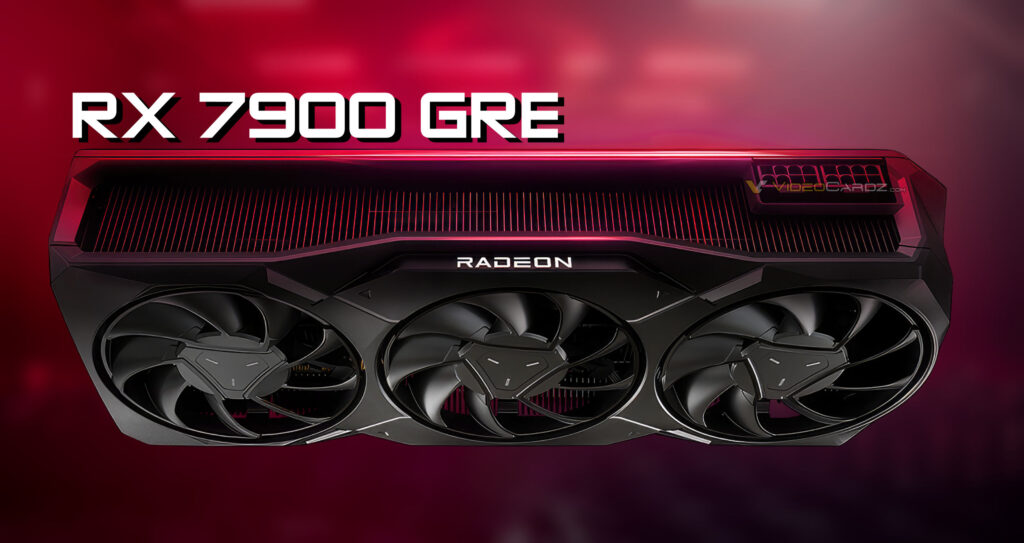
Graphics cards have always been at the heart of gaming performance, and over the years, their development has accelerated dramatically. NVIDIA and AMD have been the dominant players in the GPU market, with their respective GeForce and Radeon series offering a wide range of options for gamers, from entry-level cards to high-end, enthusiast models.
The introduction of NVIDIA’s RTX series in 2018 marked a significant leap forward, bringing real-time ray tracing to mainstream gaming. Ray tracing simulates the way light interacts with objects in a scene, leading to much more realistic lighting, shadows, and reflections.
With the release of the RTX 4000 series and AMD’s RDNA 3-based cards in 2023, GPUs are not just about brute force rendering anymore—they’re about balancing performance with AI-driven innovations. These modern GPUs are equipped with advanced tensor cores for AI calculations and improved ray tracing cores, making even the most demanding games like Cyberpunk 2077 and Flight Simulator 2020 run smoothly at 4K resolutions with high detail settings.
The future holds even more promise as GPUs become better integrated with AI techniques like DLSS (Deep Learning Super Sampling), allowing for massive leaps in both performance and image quality.
CPU Performance and Multicore Scaling
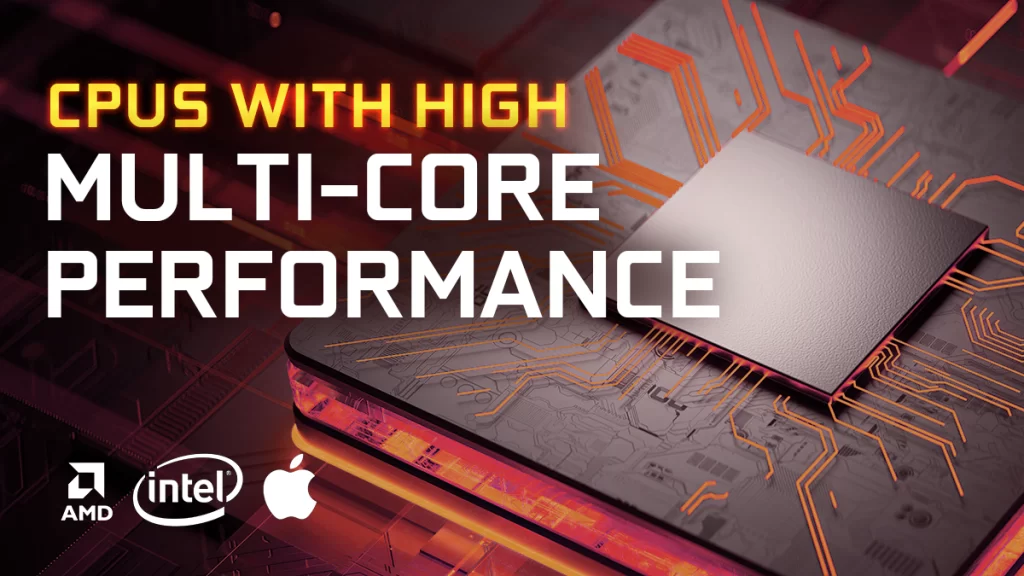
For years, Intel’s Core series dominated the gaming CPU market, but in recent years, AMD’s Ryzen processors have shaken up the landscape. The introduction of AMD’s Zen architecture in 2017 and subsequent iterations have forced Intel to innovate at a faster pace, leading to an arms race in CPU performance.
Modern gaming CPUs like AMD’s Ryzen 7000 series and Intel’s 14th-gen processors offer an unprecedented number of cores and threads, making them not only excellent for gaming but also for multitasking, content creation, and streaming.
This leap in multicore performance is particularly important for flight simulators and other simulation-based games, which are notoriously CPU-bound. These games benefit from parallel processing, as they simulate not just graphics but complex physics, AI behavior, and other systems that demand a lot of computational power.
Storage: The SSD Revolution

In the past, storage was often the bottleneck for gaming performance, with slow mechanical hard drives struggling to keep up with the data demands of modern games. However, the widespread adoption of SSDs (Solid State Drives) has revolutionized load times and data streaming in games.
NVMe (Non-Volatile Memory Express) SSDs, which use the PCIe interface, have become the standard for high-performance gaming builds, offering read and write speeds far beyond traditional SATA SSDs.
For gamers, this means faster boot times, quicker level loading, and smoother overall gameplay, especially in open-world games and simulations that rely on streaming vast amounts of data in real-time. The next step in storage evolution is the adoption of DirectStorage, a feature first introduced in the Xbox Series X and now coming to PC. DirectStorage allows the GPU to directly access data from the SSD, bypassing the CPU and reducing load times even further.
The Future of PC Hardware: Stormy Skies or Clear Horizons?
As we look toward the future, the outlook for PC gaming hardware is a mix of excitement and uncertainty. On one hand, the pace of innovation shows no signs of slowing down. Both AMD and NVIDIA have outlined ambitious plans for future GPUs, promising even more advanced AI integration, better ray tracing performance, and higher efficiency. Intel, too, is ramping up its efforts with its Arc series of GPUs, which could provide more competition in the market, potentially driving prices down.
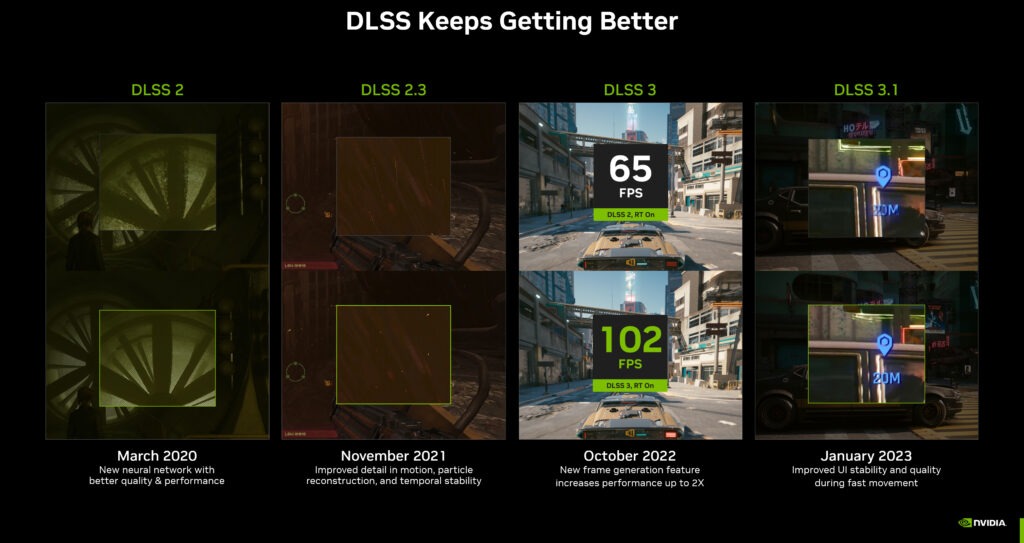
In the CPU space, AMD and Intel are both working on architectures that focus on energy efficiency and performance scaling, which will be crucial as we move into an era of gaming that demands more from hardware than ever before.
The rise of cloud gaming platforms like NVIDIA GeForce Now, Google Stadia (though its future remains unclear), and Microsoft’s xCloud also represents an interesting shift, as some speculate whether cloud gaming could eventually replace traditional PC gaming.
However, there are also potential storm clouds on the horizon. The cost of high-end gaming hardware has been steadily increasing over the past few years. The RTX 4090, for instance, launched with a price tag north of $1,500, putting it out of reach for many gamers.
Similarly, CPU prices have risen, especially for top-tier models. Supply chain issues, exacerbated by the global pandemic and geopolitical tensions, have led to chip shortages and inflated prices across the tech industry. While these shortages are beginning to ease, it’s unclear whether prices will return to pre-pandemic levels.
Another challenge lies in the growing complexity of modern hardware. While advancements in AI, ray tracing, and multicore processing are exciting, they also mean that developers need to invest more time and resources into optimizing their games for these technologies.
This has led to some frustration among gamers, as titles that push the boundaries of technology—such as Cyberpunk 2077 and Microsoft Flight Simulator 2020—often launch with performance issues that take months to resolve.
- Joystick / HOTAS – AMAZON.com
- Rudder Pedals – AMAZON.com
- Throttle Quadrant – AMAZON.com
- Gaming Chair – AMAZON.com
- VR Headset – AMAZON.com
Conclusion: The Outlook for PC Gamers
There’s also the environmental cost to consider. As gaming hardware becomes more powerful, it also consumes more energy. High-end gaming rigs equipped with powerful GPUs and CPUs can draw significant amounts of power, leading to higher electricity costs and a larger carbon footprint. As the world grapples with climate change, this could lead to increased regulation on energy consumption, or at the very least, push manufacturers to focus more on energy efficiency.

The future of PC gaming hardware is one of contrasts. On one hand, the relentless march of innovation promises even more immersive and realistic gaming experiences, particularly in niche communities like flight simulators. The rise of AI-enhanced performance, ray tracing, and high-speed storage solutions will continue to push the boundaries of what’s possible in gaming.
On the other hand, the rising cost of hardware, coupled with the environmental and logistical challenges of producing cutting-edge technology, could make it more difficult for average gamers to keep up with the latest advancements. While cloud gaming and energy-efficient technologies may alleviate some of these concerns, they are unlikely to replace the thrill and satisfaction that comes from building and optimizing a custom gaming rig anytime soon.
For now, PC gamers, especially those in niche communities like flight simulation, will continue to enjoy the cutting-edge hardware that powers their passions.
Author.

Brendon McAliece (Aka Gunnie) is a military veteran with 23 years working on Jet Fighters, their weapons systems and ejection seat/module systems as well as munitions and R&D. Involved with flight simulation since the 1980s, he has flown all the major flight simulators over the years.
He is an Australian expat who has lived in Malaysia, UK, Saudi Arabia and more recently Thailand. He is a multi-lingual blogger who loves to share his life experiences here on LetsFlyVFR.com and DreamingGuitar.com, with his lifestyle and Travel experiences Blog plus his Dreaming Coffee website.
Learn More @ DreamingGuitar.com – DreamingCoffee.com – LetsFlyVFR.com
( HOME – BLOG – SHOP – ABOUT )
As an Amazon affiliate I may benefit from qualifying sales.

2 responses to “The Passion of PC Gaming: A Deep Dive into Gaming and the Flight Simulator Community and Beyond.”